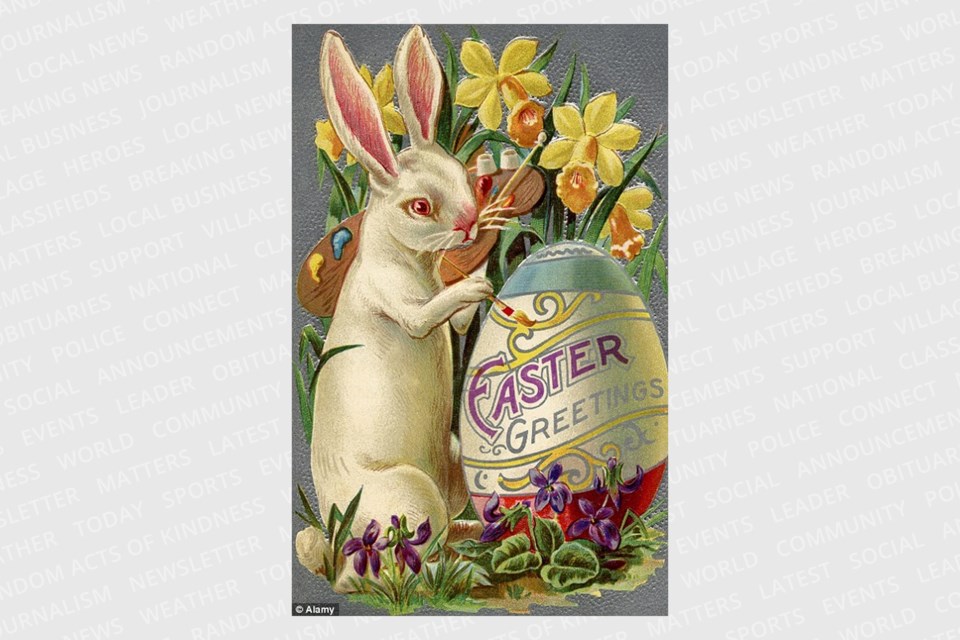Easter is the most important date in the Christian calendar as worshippers remember Jesus’ crucifixion and celebrate his resurrection three days later.
But where does the egg enter the story? How did it come to represent Easter?
In many pre-Christian societies, people associated eggs with spring, new life, and rebirth. Many cultures saw eggs being given to one at spring festivals to mark the rebirth associated with the season. Early Christians absorbed many pagan traditions into their own, and the near reverence for eggs was no different.
Early Christians in Mesopotamia dyed eggs in the period after Easter. The practice was adopted by the Orthodox Churches, and from there it spread into Western Europe. The egg became a symbol of the resurrection and the empty shell a metaphor for Jesus’ tomb.
Christians traditionally fast during Lent, the 40-day period before Easter marking Jesus’ time in the wilderness. During the medieval period, it was forbidden to eat eggs during this period. When the fast ended on Easter Sunday with celebratory feasting, eggs were a popular part of the holiday menu. This was especially true for the lower classes who couldn’t afford meat.
The tradition of giving eggs on Easter continued. Eggs were given to the church as Good Friday offerings, and villagers often gifted eggs to the lord of the manor.
Various traditions and superstitions sprang up around the egg at Easter. Eggs laid on Good Friday were said to turn into diamonds if they were kept for 100 years. Some thought that eggs cooked on Good Friday and eaten on Easter would promote fertility and prevent sudden death, and it became the custom to have your eggs blessed before you ate them. It was also said that if your egg had two yolks, you’d soon become rich.
We know wealthy people decorated eggs in the Middle Ages because we have records that England’s King Edward I purchased 450 eggs to be coloured or decorated with gold leaf and then distributed to his household. By the 19th century decorating eggs at Easter had spread to the masses.
The first artificial eggs began to appear in the 1850s, gained popularity in the later decades of the 19th century, and in the 20th century quickly usurped real eggs in Easter celebrations.
But whatever form they have taken, real or plastic or chocolate, coloured or undecorated, eggs have remained an integral part of Easter celebrations from the very beginnings of the holiday … and even before.



